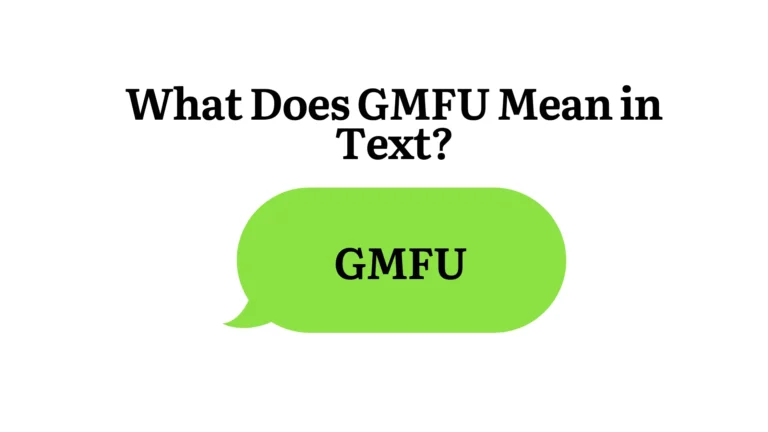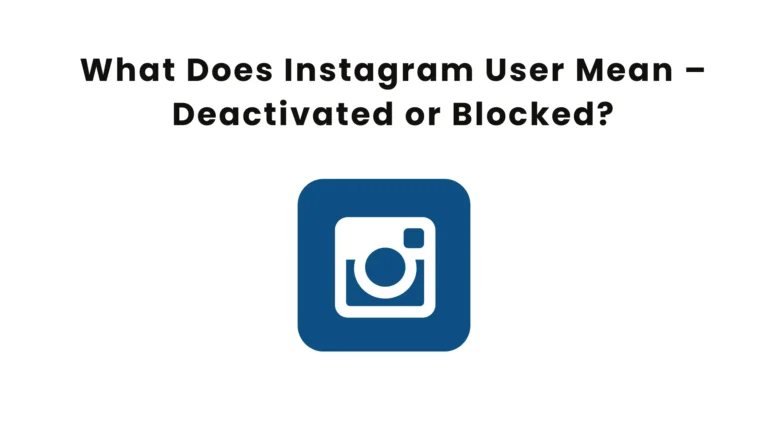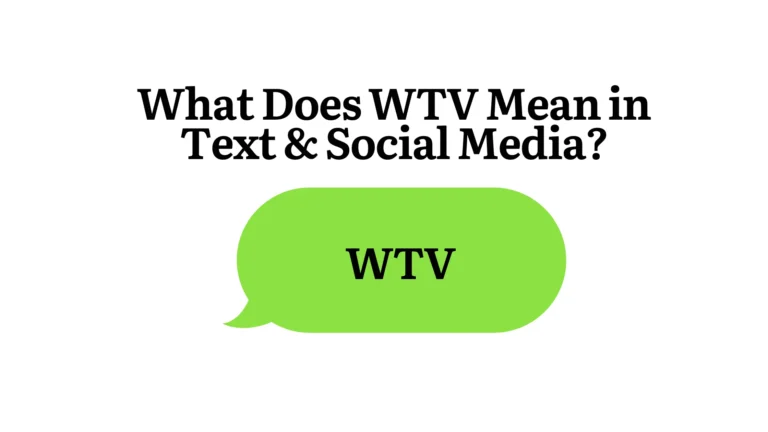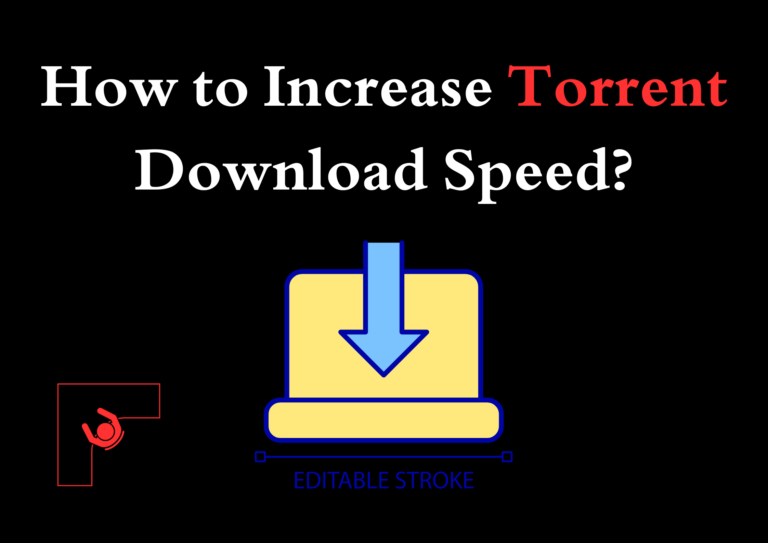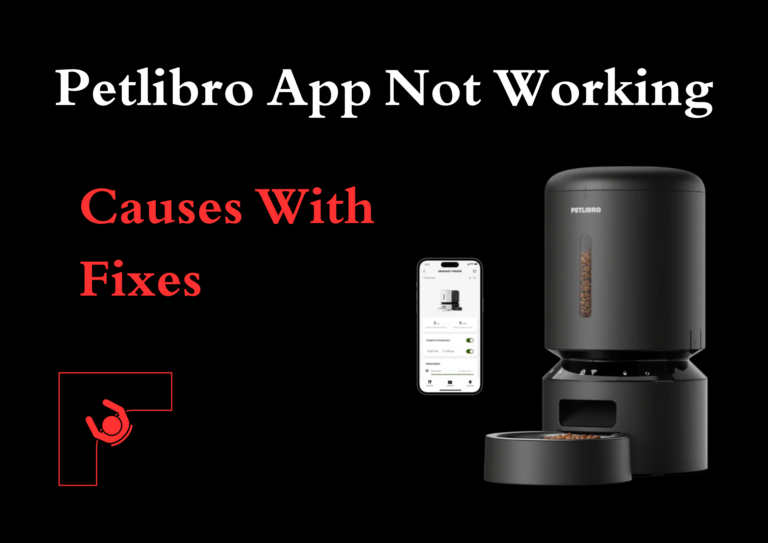What Does IDM Slang Mean in Texting? | Here’s How to Use It
Text messaging and online chat have revolutionized communication, creating a rich tapestry of abbreviated expressions that pack meaning into just a few characters. Among these digital shorthand terms, “IDM” has carved out its special place in everyday conversations. We will explore what does IDM slang mean in texting and how to use it.
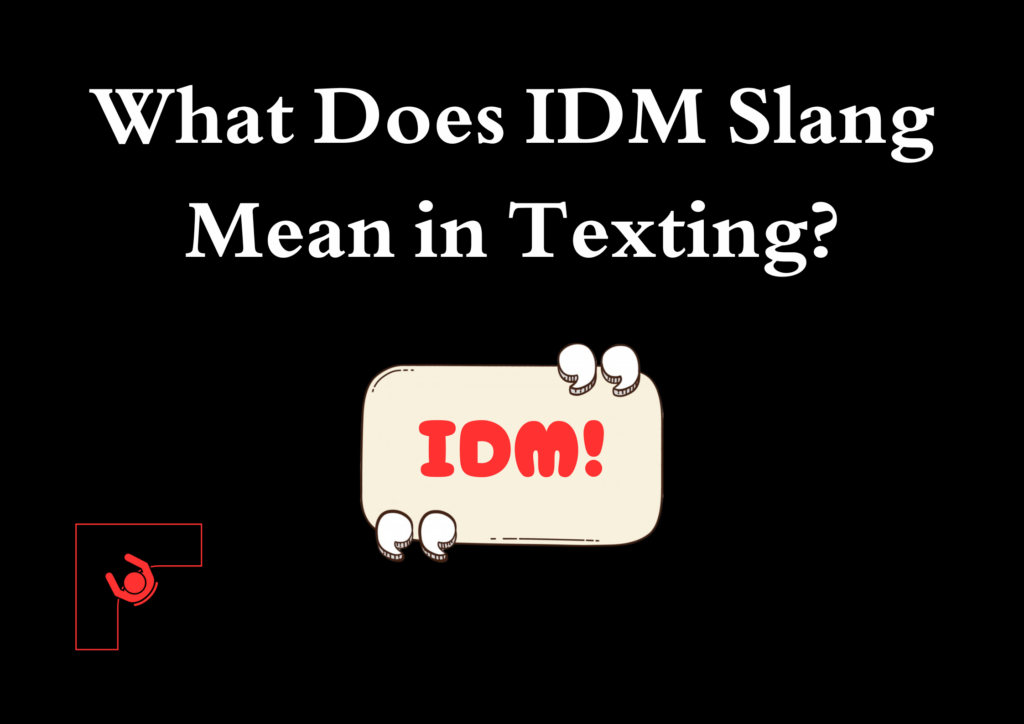
Abbreviations like “IDM” are more than just time-savers; they reflect a shift in how we connect with one another. Understanding their nuances can make conversations smoother and more engaging, whether texting a friend, chatting with a colleague, or drafting a quick reply to a social media post. As we dive deeper into text shorthand, you’ll discover how to decode and use these expressions to communicate clearly and confidently in any context.
Meaning of IDM
The three letters “IDM” stand for “I don’t mind” – a versatile expression that signifies agreement, flexibility, or casual acceptance. This simple abbreviation carries subtle nuances depending on its context and usage. Whether making casual plans with friends or deciding on minor work details, “IDM” conveys that you’re open to suggestions and easygoing about the decision.
While seemingly straightforward, “IDM” can also reflect a polite deferral of choice, signaling that you trust the other person’s judgment. This makes it a great tool for collaborative discussions and informal exchanges. However, its laid-back tone may not always suit formal or high-stakes scenarios.
Usage Scenarios:
- “Want to grab lunch at 12 or 1?”
- “IDM, whatever works for you!”
- “Should we take the blue or red design?”
- “IDM, they both look good.”
- “Movie night – action or comedy?”
- “IDM, I enjoy both genres.”
These examples show how “IDM” adds simplicity and adaptability to conversations, making it a go-to choice for expressing casual consent.
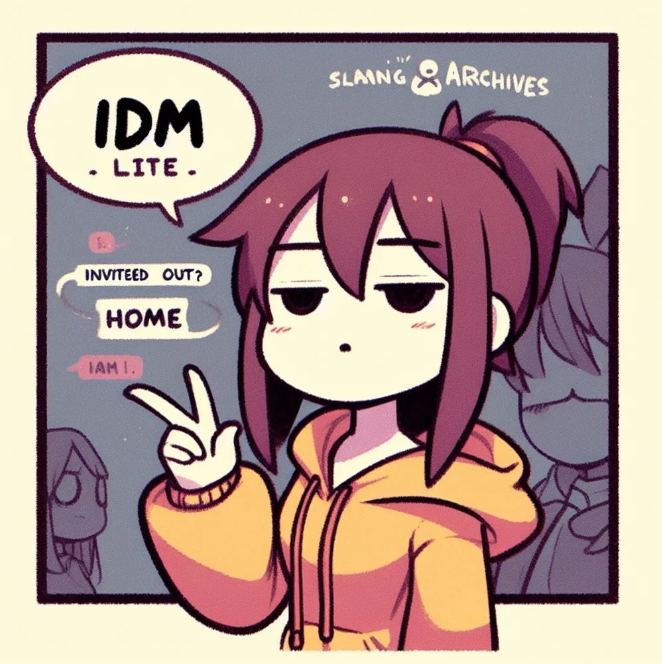
Tone and Context
The casualness of “IDM” varies based on the conversation. While it’s a convenient shorthand among friends, it may not always convey the right tone in professional or critical discussions. Understanding when and how to use it is crucial to ensuring your message is received as intended.
- Between close friends: Perfectly natural and expected; conveys openness without overthinking.
- Among colleagues in informal chats: Generally acceptable for low-stakes discussions.
- In professional settings: Better replaced with proper phrases to maintain professionalism.
- During important discussions: May come across as too dismissive or uninvested.
Professional Alternatives
For situations where formality or clarity is required, consider these alternatives:
- “I’m flexible with either option.”
- “Both suggestions work well for me.”
- “I’m open to your preference.”
- “I’m comfortable with any of those choices.”
Using these alternatives can help you maintain a professional tone while still expressing flexibility and openness.
Abbreviations like “IDM” are just one piece of the digital communication puzzle. With countless other shorthand terms today, understanding their meanings and contexts can enhance your ability to communicate effectively in various settings. Let’s explore some of the most popular contemporary abbreviations and their roles in online communication.
Popular Abbreviations
1. Response Indicators:
- NVM (never mind): Used to withdraw a suggestion or comment.
- IMO/IMHO (in my opinion/in my humble opinion): Expressing personal views.
- TBH (to be honest): Introducing an honest opinion.
- NGL (not gonna lie): Adding sincerity to a statement.
2. Action Phrases:
- BRB (be right back): Informing a temporary absence.
- GTG (got to go): Indicating the need to leave.
- HMU (hit me up): Inviting further contact.
- TTYL (talk to you later): Closing a conversation informally.

3. Emotional Expressions:
- ILY (I love you): Expressing affection.
- IYKYK (if you know, you know): Alluding to shared understanding.
- SMH (shaking my head): Indicating disapproval or disbelief.
These abbreviations allow for quick, meaningful exchanges that fit seamlessly into the fast-paced nature of digital conversations.
Navigating Formal VS Informal Communication
The key to mastering digital shorthand is understanding its appropriate usage across different contexts. While casual abbreviations can make conversations more efficient, they’re not always suitable for professional environments.
Adapting your communication style ensures clarity and respect, regardless of the platform or audience.
Workplace Communication
Professional Emails:
- ✘ “IDM which deadline we choose.”
- ✓ “I’m comfortable working with either deadline.”
Team Chat Platforms:
- ✘ “TBH IDM about the meeting time.”
- ✓ “I’m flexible regarding the meeting schedule.”
Client Communication:
- ✘ “IDM if we meet tmrw or next week.”
- ✓ “I’m available either tomorrow or next week, per your convenience.”
Striking the right tone helps you maintain professionalism while still being approachable and efficient in your communication.
Advanced Tips
1. Context Assessment
- Consider your relationship with the recipient.
- Think about the conversation’s importance.
- Factor in cultural and generational differences.
- Gauge the recipient’s familiarity with text language.

2. Platform Considerations
- Social mediMore casual abbreviations acceptable.
- Professional networking sites: Maintain formal language.
- Work email: Stick to standard English.
- Personal messaging: Freedom to use shorthand.
3. Tone Management
- Add punctuation for clarity.
- Use emojis to convey tone when appropriate.
- Consider how your message might be interpreted.
- Balance efficiency with clarity.
The Evolution of Digital Language
As communication platforms continue evolving, new abbreviations emerge while others fade. Keeping up with these trends ensures you remain fluent in the ever-changing language of digital interaction.
1. Contemporary Trends
- Voice messages replacing text in some contexts.
- Emoji combinations creating new meanings.
- Platform-specific abbreviations developing.
- Regional variations gaining prominence.
2. Cultural Impact
- Different age groups adopting varied communication styles.
- Professional environments becoming more accepting of casual language.
- Global communication influencing local expression.
- Digital natives setting new communication standards.
Frequently Asked Questions
When did “IDM” enter common usage?
The abbreviation gained popularity alongside the rise of text messaging and social media platforms, becoming more widespread in the mid-2000s. It’s now a staple of digital communication, especially among younger generations.
Is “IDM” universally understood?
While common among regular texters and younger demographics, “IDM” may not be familiar to older adults or those less accustomed to digital shorthand. When in doubt, consider using the full phrase for clarity.
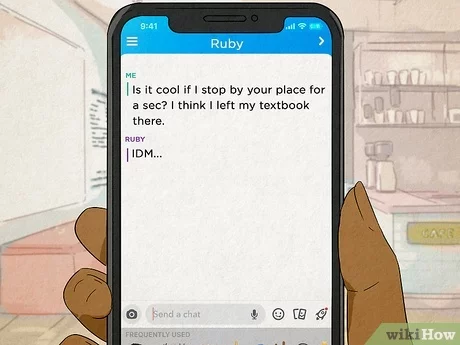
Can “IDM” be considered passive-aggressive?
Context matters. While usually neutral, “IDM” might come across as dismissive if used in response to important matters or serious discussions. Adding context or clarifying your tone can help avoid misunderstandings.
Are there regional variations?
Yes, some regions might use variations like “IDC” (I don’t care) or “IDRC” (I don’t really care), though these carry different connotations. Understanding local usage can help prevent miscommunication.
Abbreviations like “IDM” are not just about saving time; they reflect the adaptability and creativity of digital communication. Whether you’re texting friends, chatting with colleagues, or navigating professional emails, understanding these expressions helps you connect effectively and respectfully.
Balancing casual shorthand with thoughtful context ensures that your messages convey the right tone and meaning.
Digital language is a tool for building bridges—use it wisely to foster better understanding and stronger connections in every interaction.
More Posts:
Dollar General App Not Working? Ways To Fix It!
What Does GMFU Mean in Text? A Complete Guide
Messenger “Not Everyone Can Message This Account” Error Explained


